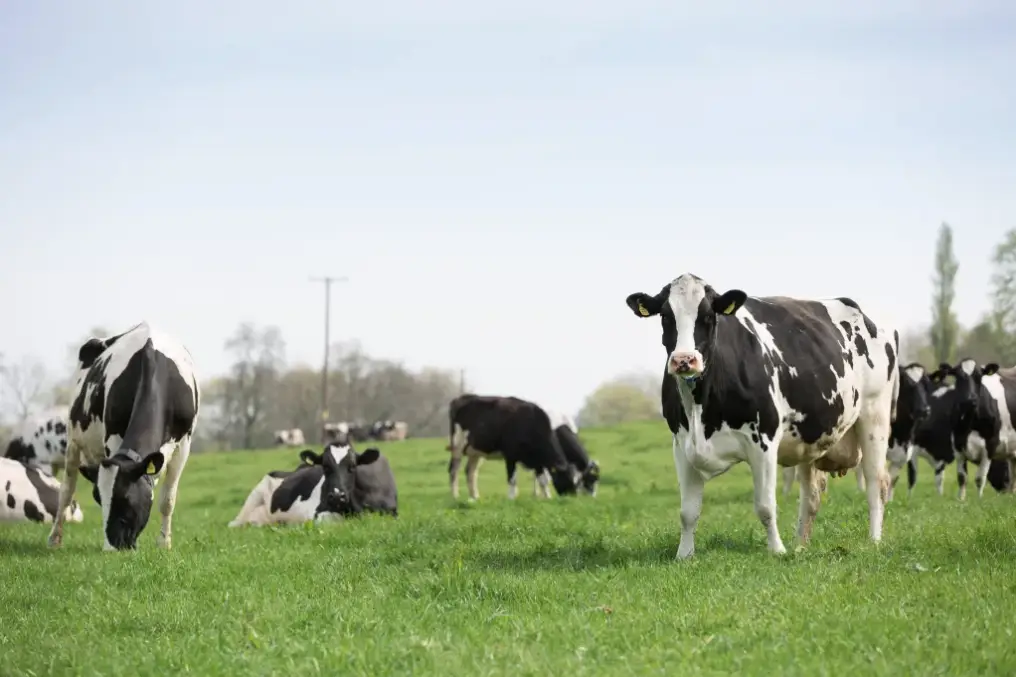A voluntary waiting period (VWP) is the time during the postpartum period of a cow where producers will choose not to breed them, even if oestrus occurs, to prevent extra stress on the cow and to allow them to recover from the physical stresses of calving.
The voluntary waiting period is essentially the interval between a fresh cow and when that cow is bred for the first time in its lactation period.
Once a cow is calved, their uterus needs to go through a process call uterine involution. This is the process where the uterus returns to its original size and shape, back to how it was before pregnancy.
The uterus has two horns, each measuring between three and four centimetres. It takes time for the uterus to return to its pre-pregnancy status. This can take between 30 to 50 days postpartum. Transition cow diseases, such as Metritis, will inevitably prolong the process.
Peak milk production
After this, there is a trade-off. The plan for every farmer is that the more cows calving in a year, the more peak milks you will get.
The more peak milks that we get, the more milk production we produce on an annual basis. This peak in milk production is also the most efficient time when you are getting a return on your investment.
This way, you will be getting more milk back for what you put in, compared to when the cow was at peak.
Peak milk production occurs anywhere from 50 to 90 days in milk depending on lactation number and milk production.
It is important not to get cows back in calf too quickly. Early lactation pregnancies in high yielding cows may reduce the volume of milk production at peak.
Traditionally, producers have used a 42-day voluntary wait period, which is likely well-suited for a 6,500l cow.
However, with today’s genetics and cows achieving peak milks in excess of 50 litres, then extending the voluntary wait period to 50 DIM is more suited, maximising reproduction and production.

